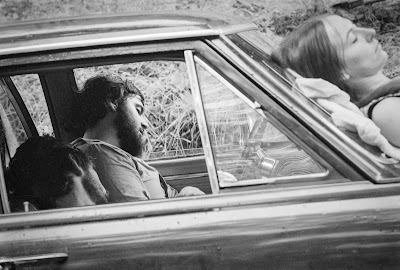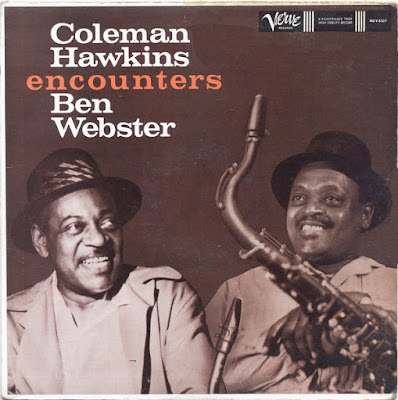
"The exhibition “Culture and the People: El Museo del Barrio, 1969-2019” is a golden anniversary survey of wonderful art from the collection of a New York museum that is in the process of being torn apart. El Museo was founded half a century ago, in a politically agitated time, in Puerto Rican East Harlem, the Barrio. It identified itself as a community art space. Its first shows were in a public school classroom on East 123rd Street and it stayed within the immediate neighborhood until 1977, when it moved to its present address, a city-owned building on Fifth Avenue at 104th Street. ..."
NY Times (Video)
Culture and The People: El Museo del Barrio, 1969-2019
Whose museum is it anyway? The story of El Museo del Barrio has always been about representation
As El Museo del Barrio Celebrates 50 Years, Critics Say It’s Straying From Its Mission
GothamToGo

Nicolás Dumit Estévez’s “The Flag,” 2003-6, a mixed-media installation at El Museo del Barrio in Manhattan that blends artistry, artisanship and activism. His handmade flag represents Dominican New York — an act of unity.















































